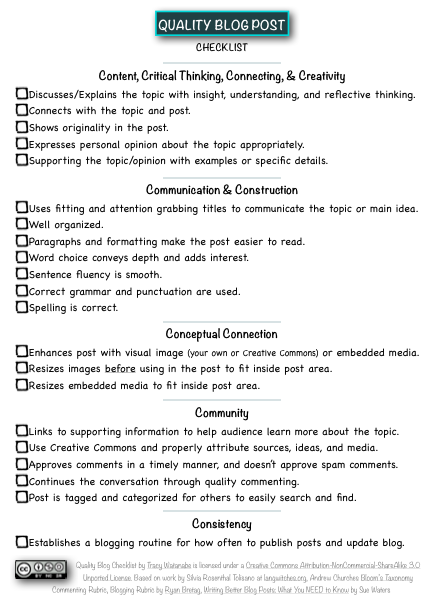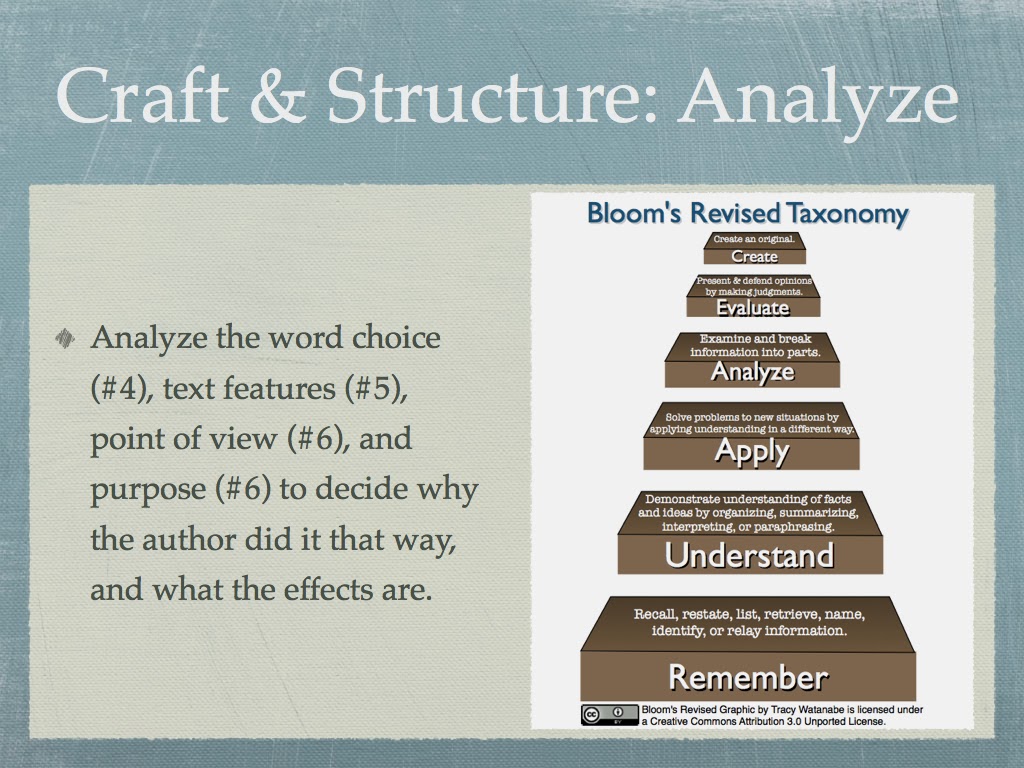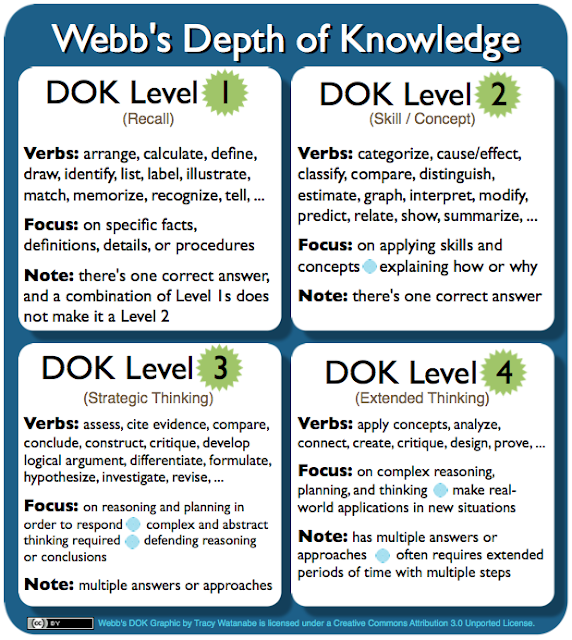21st Century Learning, Literacy 2.0 and Common Core
One of the things that I love about AJUSD is how technology integration and 21st century learning is part of every layer of our district, from the students, to the teachers, to the site administrators, to the District Office, through a supportive School Board.
Furthermore, one of the pieces that make us successful is the ongoing professional learning with the Superintendent, Principals, and the Education Services Team. Technology integration, PBL, and 21st Century Learning is not an afterthought, but rather it's planned into our conversations. Dr. Wilson makes sure we have discussions about how all the pieces and initiatives connect.
Connecting PBL, the Common Core, and Teacher Evaluation Tool
Below is a presentation from one of the Leadership Meetings earlier in the year. In a nutshell, here's what that training looked like:
Turning inquiry into PBL
Through Shauna's PLN, she heard of a webcast with scientists at the South Pole, so she dropped everything to give her class an opportunity to partake in. They were the only class, while the rest of the audience consisted of scientists. At one point a scientist held up a photo of a penguin and stated that obviously it wasn't taken at the South Pole, and the audience chuckled.
After the video conference, her students asked her, "How come the penguin wasn't at the South Pole? And why were they laughing about it?"
She simply could have answered their question by telling them that penguins need the water, and the South Pole is landlocked. However, knowing her students had posed a genuine question, she monopolized on their inquiry and had them excited to research. During this research process, some students stumbled upon other sites and blogs, and ended up doing another collaborative project.
Students wrote about it on the class blog... which made new connections with others around the world.
Slides from the September training
Click here to view the slides.
Our March training -- Literacy 2.0
It's important to connect the ideas one layer at a time, building on the prior discussions. In this next layer, I'm sharing some of the big ideas I heard from Nancy Frey in a training about Literacy 2.0, brought to Arizona by the K12 Center and the ADE.
Overview of the training:
Click here to view the slides.
Final thoughts
We need to equip our students for year 13, and information literacy, is part of that equipping -- it's a necessity in today's classrooms.
Furthermore, one of the pieces that make us successful is the ongoing professional learning with the Superintendent, Principals, and the Education Services Team. Technology integration, PBL, and 21st Century Learning is not an afterthought, but rather it's planned into our conversations. Dr. Wilson makes sure we have discussions about how all the pieces and initiatives connect.
Connecting PBL, the Common Core, and Teacher Evaluation Tool
Below is a presentation from one of the Leadership Meetings earlier in the year. In a nutshell, here's what that training looked like:
- Think through a series of questions about what 21st century learning skills look like in the context of PBL, and as described in the Common Core.
- After the series of questions, they deduced that the skills needed to be successful in the Common Core are the same skills needed in PBL.
- Create a picture of what a thriving Common Core classroom and PBL classroom looked like. Focus on the engagement piece of the Teacher Evaluation Tool.
- Dive into a classroom example from Shauna Hamman's third grade classroom. This example, described in more detail below, is a living and breathing example of a classroom rich in PBL and thriving in the Common Core.
- Tie those pieces back together.
Turning inquiry into PBL
Through Shauna's PLN, she heard of a webcast with scientists at the South Pole, so she dropped everything to give her class an opportunity to partake in. They were the only class, while the rest of the audience consisted of scientists. At one point a scientist held up a photo of a penguin and stated that obviously it wasn't taken at the South Pole, and the audience chuckled.
After the video conference, her students asked her, "How come the penguin wasn't at the South Pole? And why were they laughing about it?"
She simply could have answered their question by telling them that penguins need the water, and the South Pole is landlocked. However, knowing her students had posed a genuine question, she monopolized on their inquiry and had them excited to research. During this research process, some students stumbled upon other sites and blogs, and ended up doing another collaborative project.
Students wrote about it on the class blog... which made new connections with others around the world.
Slides from the September training
Click here to view the slides.
Our March training -- Literacy 2.0
It's important to connect the ideas one layer at a time, building on the prior discussions. In this next layer, I'm sharing some of the big ideas I heard from Nancy Frey in a training about Literacy 2.0, brought to Arizona by the K12 Center and the ADE.
Overview of the training:
- The focus is information literacy and curration.
- Do a mini lesson on an Internet search.
- Dig into Common Core for evidence of information literacy being built into the standards.
- Introduce them to a Socratic Seminar format -- to discuss the evidence they found about information literacy built into the Common Core.
- The tools will change over time, but the function will remain -- so teach the function.
- Tie the big points back together.
Click here to view the slides.
Final thoughts
We need to equip our students for year 13, and information literacy, is part of that equipping -- it's a necessity in today's classrooms.
- How do you equip your students for year 13 and build information fluency?
- If you were an administrator involved in this type of professional learning, what big ideas do you see? What do you think the impact is?
- How else does this post connect with you?



Comments
Post a Comment
Directions for posting:
1) Choose "Comment As" first. If you don't have a Google/Blogger account, you can choose Name/URL and type in your name, then place the web site that best describes you in the URL (i.e. www.ajusd.org). Or, you can choose "Anonymous".
2) You may need to press "Post Comment" more than one time.
It is always wise to copy your comment before pressing "Post Comment" just in case something happens.
3) Type in the word verification.
4) If you did everything correctly, it will state, "Your comment has been saved and will be visible after blog owner approval." If you do not get that message, please try again.
Click here for a tutorial on how to comment.
Thank you!